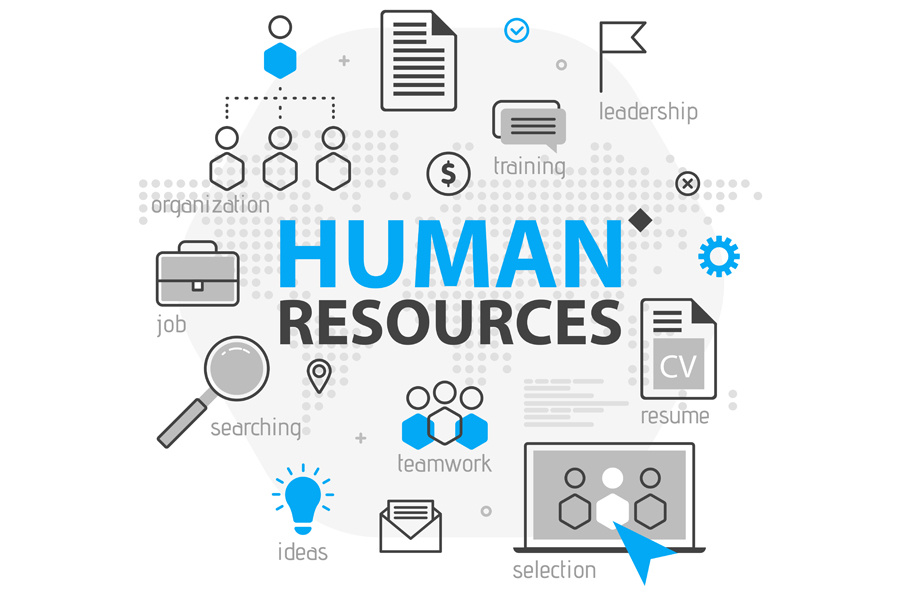HR decisions are no longer based on the gut-feelings.
“Is this candidate a perfect fit?”, “Why has there been a sudden spike in employees quitting after their first work anniversary?” Or “Why the quality of applicants has fallen in a particular department?” To understand, analyze and address these kinds of challenges regularly, HR professionals are now leveraging data and analytics.
People are every organization’s most valuable asset – from their remuneration to the office space, equipment and technology they use. To take care of this massive investment, HR professionals turn to data and analytics to understand what’s going on within the workforce.
The emergence of data and the influence it holds over HR processes has given rise to a new term and discipline: human resources analytics. This has attracted the attention of the HR professionals who can now capture, organize and analyze the mountain of data (everything from headcount, compensation, job title and function, work location, onboarding, turnover, employee engagement, diversity and inclusion, learning and development, and more) to create insights for the company. And the reason is simple: to answer critical questions regarding employee productivity, employee attrition, the impact of training on business performance etc.
That’s exactly where Saksoft can help in exploiting the data collected from the workforce – give an unparalleled understanding of employee patterns and trends and hence enable the HR department to strategize accordingly. In short, Saksoft can successfully bridge the gap between the conventional HR methodology and the new-age HR ecosystem.
Impact of Analytics on HR processes
Hiring Process:
Earlier recruiting was primarily dependent on the ‘instinct of the employer’. But now, data analytics can be used to build the entire recruitment strategy.
It helps the HR professionals to understand the best fit and get it “right” the first time itself. It also helps them to analyze where they should be recruiting for a specific role. Let’s say, if you want to hire a software engineer, you can use data analytics to build a hiring strategy. This includes compensation, supply, demand, turnover rates, diversity etc., for any given region.
Further, tracking various metrics helps the HR professionals to see how well a certain process is performing. For example, if HR wants to track the retention rate of the recent hires by source. With heaps of data collected over time, it may be seen that certain sources (like campus hiring) have higher retention rates as compared to LinkedIn job postings. Armed with this knowledge, a recruitment strategy can be built around prioritizing campus hiring. Other such metrics that can be used in similar ways include hiring duration, applicants per opening, offer acceptance rates etc.
Data and analytics also enable HR professionals to determine where to post for open roles. Which job boards should be used? Or where should the vacancies be posted to reach the right market? Hence, data makes it easier to prioritize areas of improvement.
Attrition and increasing Retention:
For every organization, it is crucial to know how long an employee stays with them. And if he leaves, why? Analytics can be used to answer these questions and create better strategies to improve retention and reduce turnover. It can further be used to predict which employees are more prone to leave and what metrics contribute to the attrition or high turnover.
A major insurance company had once implemented a bonus program to retain employees. But it saw little to no success. Only after applying data analytics, they could uncover a trend: people who were in smaller teams or reported to short-experienced employees were more prone to leave. Now, the company started pouring resources to engage better managers than spending on bonuses.
Attrition and turnover incur a lot of expenses. Analytics helps the HR team to identify the problems and intervene appropriately.
Employee Experience
What is one of the secrets behind building a happy-engaging team? It’s a simple answer: understanding the workforce. Organizations now use data and analytics to frequently measure their employee’s “health”.
HR professionals gain a better understanding of the overall employee experience by regularly monitoring metrics like employee attendance, engagement, leaves, productivity. This gives them an idea of where the organization stands and where is room for further improvement. Compensation and benefits, leave policies and internal training and development – all of these can be optimized based on these insights.
Employees also consider moving to another company with a better employer brand (without a hike). Now you might be wondering “How can data help in developing a stronger employer brand?”
For a start, it can help you to see how well the image that your company that it projects is aligned with what the employees have. For example; a survey or a sentiment analysis can be conducted to see how likely the employees are to recommend the company and take timely decisions.
Given the existing workplace situation with equal focus to millennial employees and the need to provide better employee experience, leverage data and analytics in the HR process can help locate, recruit and retain the best talent to help an individual maximize his/her learnings.
Data is essential for organizations that would like to confirm that the people are managed well, and business goals are met.
Saksoft’s vast experience and peerless expertise in Data & Analytics can help your data-rich human resources department to modernize its recruitment process, which in turn would enable the HR professionals to take strategic and winning decisions related to their workforce.





